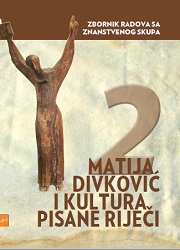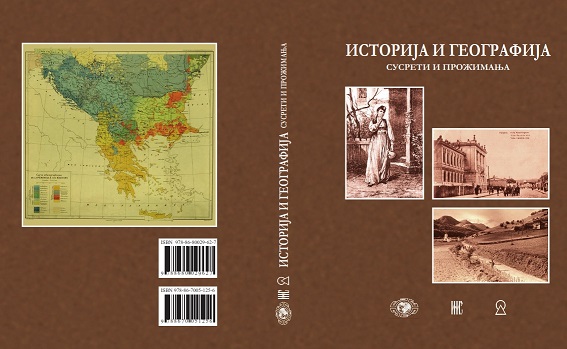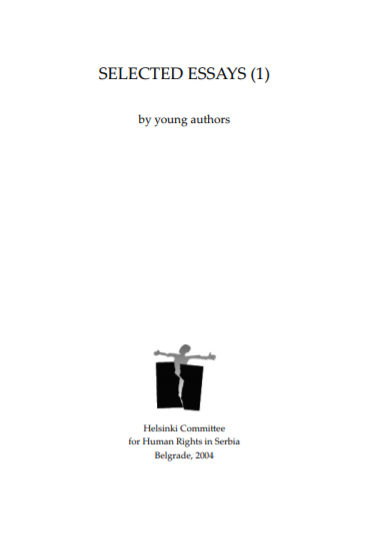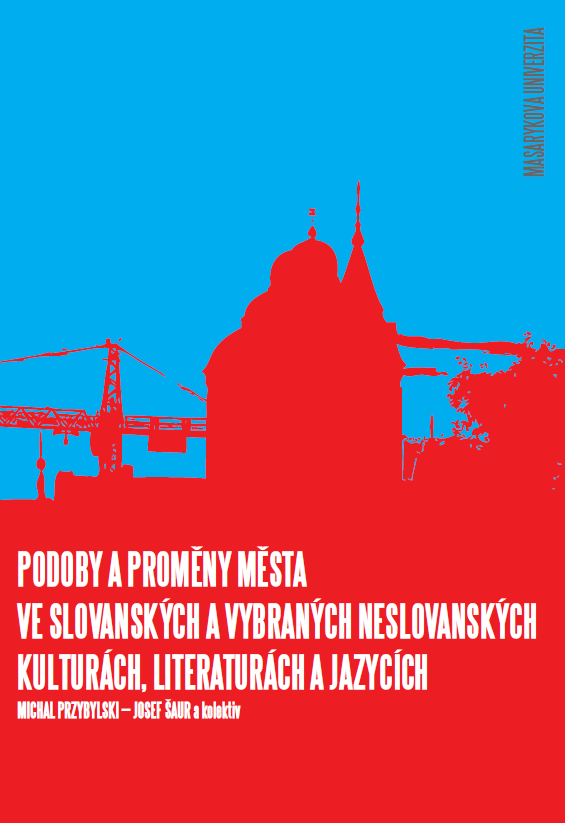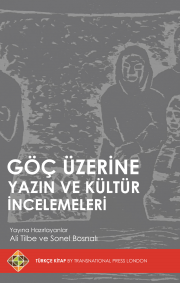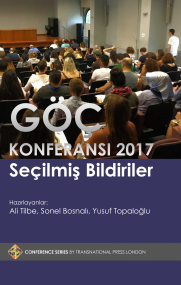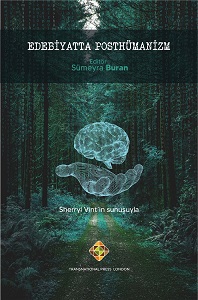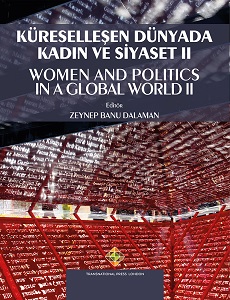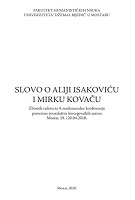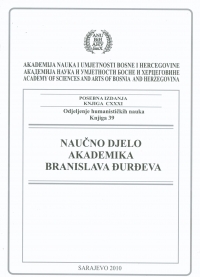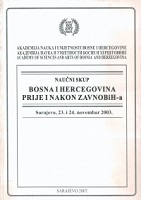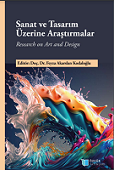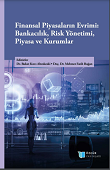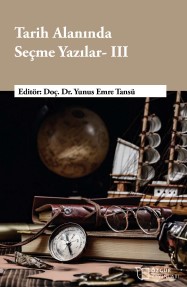Author(s): Olga Zirojević / Language(s): Serbian
Publication Year: 0
Indem sie aus fiskalischen Gründen, die Bevölkerung und ihre fiskalischen Verpflichtungen aufzeichneten, unterrichten uns die offizielen türkischen (genauer: die osmanischen) Aktenbände (die sog. Defters) auch recht zuverlässig über die Pflanzen- und Tierarten, die im balkanischen Raum in den langen Jahrhunderten der türkischen Herrschaft gezüchtet wurden. Neben den landwirtschaftlichen Kulturen, die uns die neuen Herren TürkenOsmanen gebracht haben, kommen noch aus Übersee-Ländern auch andere, neue hinzu: der Mais und Paprika, der Kürbis, die Bohne, die Kartoffel, und viel später auch die Tomate. Neben den vorgefundenen Getreiden: dem Weizen und der Gerste, der Rispenhirse, dem Roggen, dem Saat-Hafer, der Mohrenhirse, der Spelta, dem Dinkel, wird noch der echte Buchweizen, weiterhin der Reis, und später auch der Mais angebaut. Die bedeutendste Pflanzenkultur, die die Türken auf den Balkan mitbrachten, war ohne Zweifel der Reis. Unter den neuen Arten aus Amerika nimmt das neue Getreide Mais eine besonderen Platz ein. Nach vielen Namen, die er auf dem Balkan trägt, zu urteilen, ist er hierher von verschiedenen Seiten und zu verschiedenen Zeiten gekommen. Von den Gemüsekulturen, wurden wie zu früheren Zeiten am meisten der Gemüsekohl, der Knoblauch und die Zwiebel, seltener der Lauch, angebaut, weiterhin die Hülsenfrüchtler, insbesondere die Linse, die Saubohne (tur. bakla), die Bohne, grah (gerade unter diesem Namen) weiterhin eine Erbsenart (grahorica, grahorina, grahor), die türkisch Burčak heißt, des Weiteren die Rübe, der Spinat, šalgam (süße Rübe), die Gurke, die Aubergine. Auch der neuangekommene Paprika hat mehrere Namen: itburnu, yešil biber, frenk biberi. Mit der deutschen Kolonisierung im Banat (im XVIII Jahrhundert) kommen noch die Petersilie und die Kartoffel (krompir von dt. Grundbirne , neben zahlreichen anderen Namen) hiunzu. Da sind schließlich auch die schon früher angebauten industriell hergestellten Pflanzen wie das Leinen und der Hanf, neben der neu hinzugekommenen Baumwolle. Neu sind auch die Gewürzpflanzen, der Sesam und der Safran. Auch die Obstressourcen werden durch die Türken bereichert, weil neben der Weinbeere, nun auch der Kirsche, der Äpfel, der Birnen, der Walnus und Kastanie, der Pflaume, der Sauerkirsche, der Speierlinge und der Erdbeere, auch neue Arten hinzukommen: die Mispel, die Aprikose, die turundža (eine Art sauere Orange), wie auch die neuen Arten der schon vorfindlichen Obstgattung, neben der schon Honig- nun auch die Wassermelonen (unter dem gemeinsamen Namen bostan). Was die Viehressourcen angeht, wurden auch weiterhin am meisten Schafe und Schweine (bzw. das Kleinvieh) gezüchtet, während wir über das Großvieh – Pferde, Rinder, Büffel, wie auch über das Geflügel: das Huhn, die Gans, die Ente, und das Truthuhn (auch diese letzteren stammen aus der Neuen Welt, und tragen neben den türkisch- bzw. persischstämmigen Namen auch einheimische Bezeichnungen: tuka, biba, morka, misirka) – nur indirekte Zeugnisse haben. Auch die Bienenzucht war in der türkischen Zeit ein sehr entwickelter Wirtschaftszweig. Zu diesen Ressourcen zählt schließlich auch der Fisch, der intensiv konsumiert wurde, wie auch das Wild, das in den Reisetagebüchern der Europäer, die durch das Reich der Osmanen reisen, erwähnt werden.
More...
